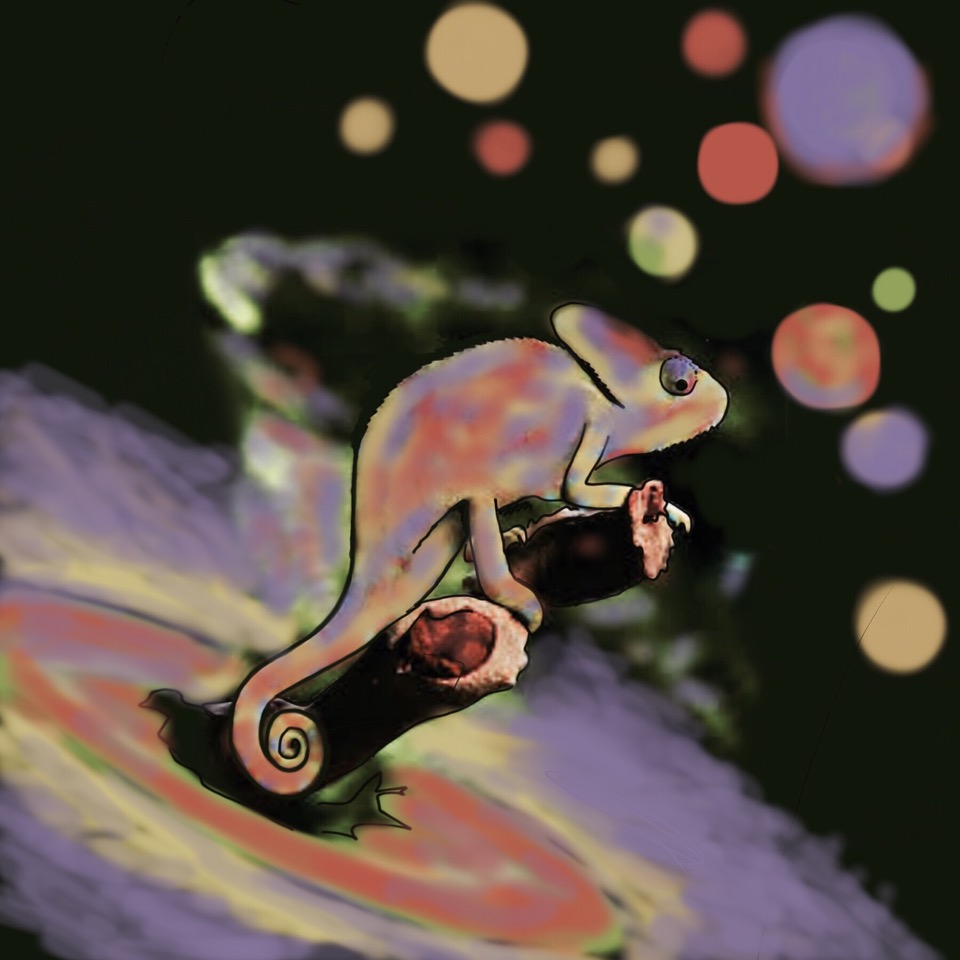
Curie Innovative Training Network for European Joint Doctorates.
This project was funded by the European Union’s Horizon 2020 research and innovation programme under the Marie Sklodowska-Curie grant No 860470. A brief summary can be found as “Results in Brief” article on the CORDIS website.
Virtual Laboratories
Virtual laboratories play a key role in simulating yet unexplored physico-chemical environments. Retrieving (from data), predicting (from detailed models) and thereby understanding the link between the chemical composition of planet-forming disks and exoplanet atmospheres is a challenging task.
In this Marie Curie Innovative Training Network (MC-ITN), we focused on the development of Virtual Laboratories which has been the crucial tool to analyse in detail current and future disk and exoplanet observations.
In addition, while observational data are often hampered by incompleteness in terms of frequency coverage, time coverage, different instrument systematics when combining data etc., Virtual Laboratories can overcome these shortcomings and are a key pre-requisite to answer the questions whether our Solar System is unique and how life emerged. In these Virtual Laboratories, we combined existing, well-tested theoretical modelling tools of varying complexity to explore their combined strength, limits, and the need for new techniques. Virtual Laboratories use advanced numerical and statistical methods that comprise input from astrophysics, computational chemistry, laboratory and theoretical physics, geosciences, mathematics, and computer sciences. The complex models embedded in the Virtual Laboratories allow for physical and chemical processes and their interplay to be tested, their implications to be assessed, and ultimately a coherent picture to be derived, based on a fundamental, reliable, and traceable science.
Our objectives
Virtual Laboratories are the key facility for our scientific, technological, and educational objectives that we aim to reach in this project:
A) Scientific objective: Retrieve and predict the chemical composition of planet-forming disks and exoplanet atmospheres using Virtual Laboratories.
B) Technological objective: Knowledge transfer between planet and disk community by the exchange of state-of-the-art codes. Apply and develop models of different complexity as link between big observational and numerical modelling data. Explore models as Virtual Laboratories for exploring parameter spaces that cannot (yet) be reached by observations nor by (laboratory) experiments.
C) Educational objective: Train complex modelling and big-data interpretation. Use fascination for exoplanets and their birthplaces to promote science in the society, in local and wider communities.
We acknowledge supplementary funding from the St Leonard’s Postgraduate College of the University of St Andrews, the Austrian Academy of Sciences, the University of Groningen, the University of Antwerp, the University of Leuven, and the Dutch Space Research Institute (SRON).
